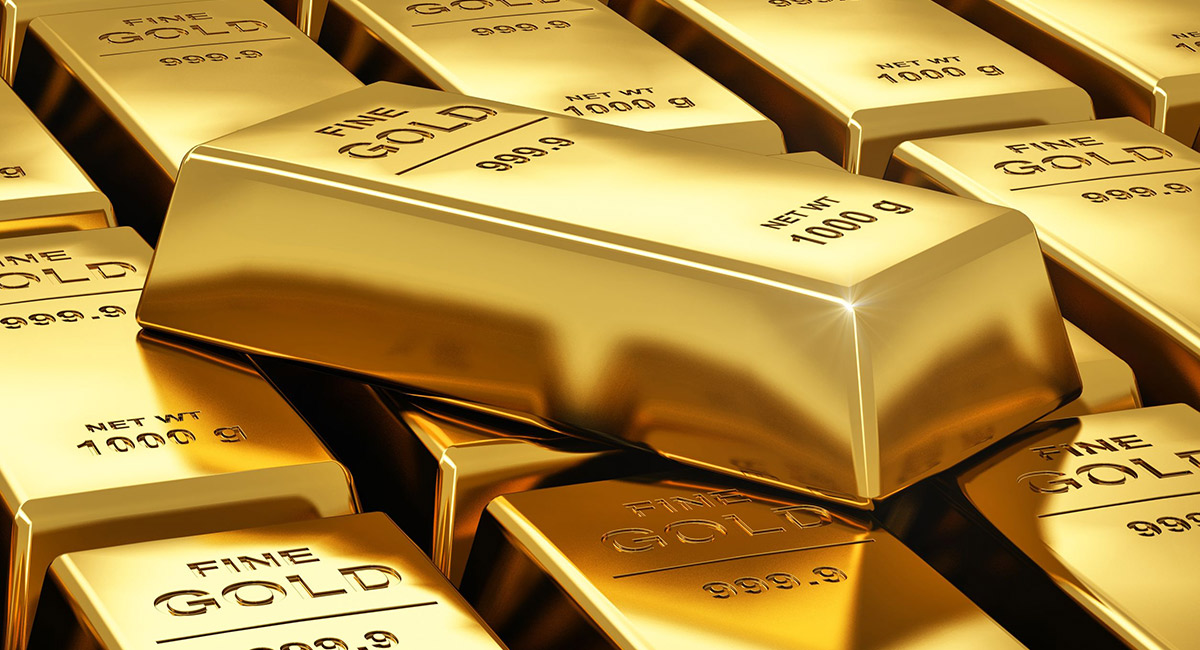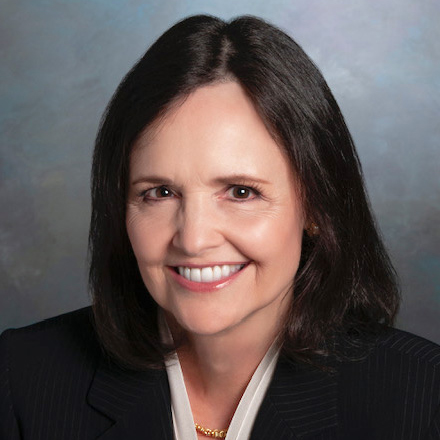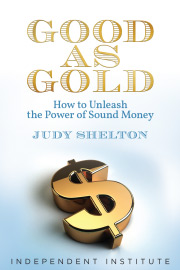Global financial markets are being whipsawed from one day to the next as we get closer to the Federal Reserve’s fateful decision on interest rates. Maybe everything will calm down on September 17 once investors learn that Fed officials have decided they’re finally going to raise interest rates by one-quarter of a percentage point after nearly seven years of keeping them near zero.
Or maybe everything will spin even further out of control, with currencies crashing and traders anguishing over devastating losses because they bet wrong; the Fed has opted to wait until December.
Today’s global economy is so utterly dependent on the latest move by a major central bank, or even the latest utterance of any semi-important monetary official, that it seems scarcely able to function without gleaning hints about the next big monetary policy decision. But why has a global obsession with “monetary policy” become more important than money itself? How can we reconnect money to its more fundamental purpose of providing a tool of measurement for real economic performance?
Central bank pronouncements are more kabuki theater than reality these days, even though the financial ramifications of purported monetary “stimulus” actions as opposed to monetary “tightening” have a huge impact on the fortunes of market players and currency speculators. Only one mantra counts: Don’t fight the Fed.
Pity those who actually produce real goods, though. Mere manufacturers can’t operate with the nimbleness of savvy financiers. If only money worked for them as a meaningful unit of account and a reliable store of value.
For people who think it would be wise to start restoring the link between money and real value—and who believe the cost of capital should be decided by free-market forces rather than central bankers—it’s time to consider how we might begin to move toward a gold standard. Why gold? It doesn’t have to be. But given that nearly every central bank in the world holds gold as a reserve asset to back the integrity of its money, it seems a reasonable choice.
It’s instructive that central banks have increased their holdings of gold in the aftermath of the 2008 global financial crisis rather than allowed them to be sold off. According to the most recent statistics published by the World Gold Council, the total amount of gold held by countries as official reserves has soared to 28,980 tons in March 2015 from 26,639 tons in December 2008.
If gold is nothing more than a barbarous relic, so to speak, it’s hard to explain why central bankers in their wisdom considered it prudent to increase their aggregate holdings of gold. Then again, if central bankers are neither wise nor prudent, we must ask: Why have they been granted discretionary powers commensurate with near-omniscience to calibrate the precise levels of money and credit required to accommodate the needs of the economy?
Why not allow the private sector to decide what fiat money issued by central banks is worth in terms of a universally-acknowledged surrogate for real money? Gold serves as a common denominator for value across borders and through time; it has historically represented a true measure of monetary value. If the U.S. Treasury were to issue a bond that could be redeemed at maturity in either dollars or gold—at the option of the bondholder—it would send an important signal that America recognizes the need to reverse the trend toward financialization of the economy in favor of encouraging genuinely productive output.
Imagine you have the opportunity today to purchase a zero-coupon instrument from the Treasury with a principal amount of $1,200 and a five-year maturity date; at the end of five years, you can choose whether you wish to receive $1,200 or one troy ounce of gold. How much would you be willing to pay for that instrument?
It could be a pilot program testing whether people would be interested in purchasing a U.S. government debt security that protects them against dollar debasement relative to gold in the same way that Treasury Inflation-Protected Securities, or TIPS, offer protection against inflation. At the least, it would provide the Fed with a useful measure of investor expectations regarding the future value of the dollar in terms of a key commodity.
More significantly, it would establish a vital beachhead toward building a stable monetary foundation to support international trade based on a level playing field. Trading partners could emulate America’s example by moving away from currency manipulation in favor of gold-convertible money. Indeed, challenging nations such as China or Japan to likewise issue five-year bonds that allowed the holder to redeem in either the national currency or an ounce of gold would make it very clear whether one nation’s currency was depreciating relative to gold as the mutually-agreed reference point.
It’s hard to imagine a more pro-growth initiative than to return money to its noble calling as an honest measure in service to free enterprise and consistent with the principles of free trade.









